14 Point Training Checklist || What You Must Know Before Becoming A Trucker
There are certain things every truck driver needs to know about their truck – not just for the sake of efficiency, but to keep themselves safe. Difficult terrain and bad weather conditions, along with other risks related to driving on national roads, can sometimes put truckers into situations where they must look after their truck themselves. Minor repairs and easy garage work should not worry truck drivers.
Truck drivers must always have their work gloves ready on the move. Truck is just a machine. A strong one, but still a machine. And machines need repairs. Sooner or later, every truck needs maintenance and minor repairs. Maintenance and handling of a truck requires special skills that are acquired during CDL Training.
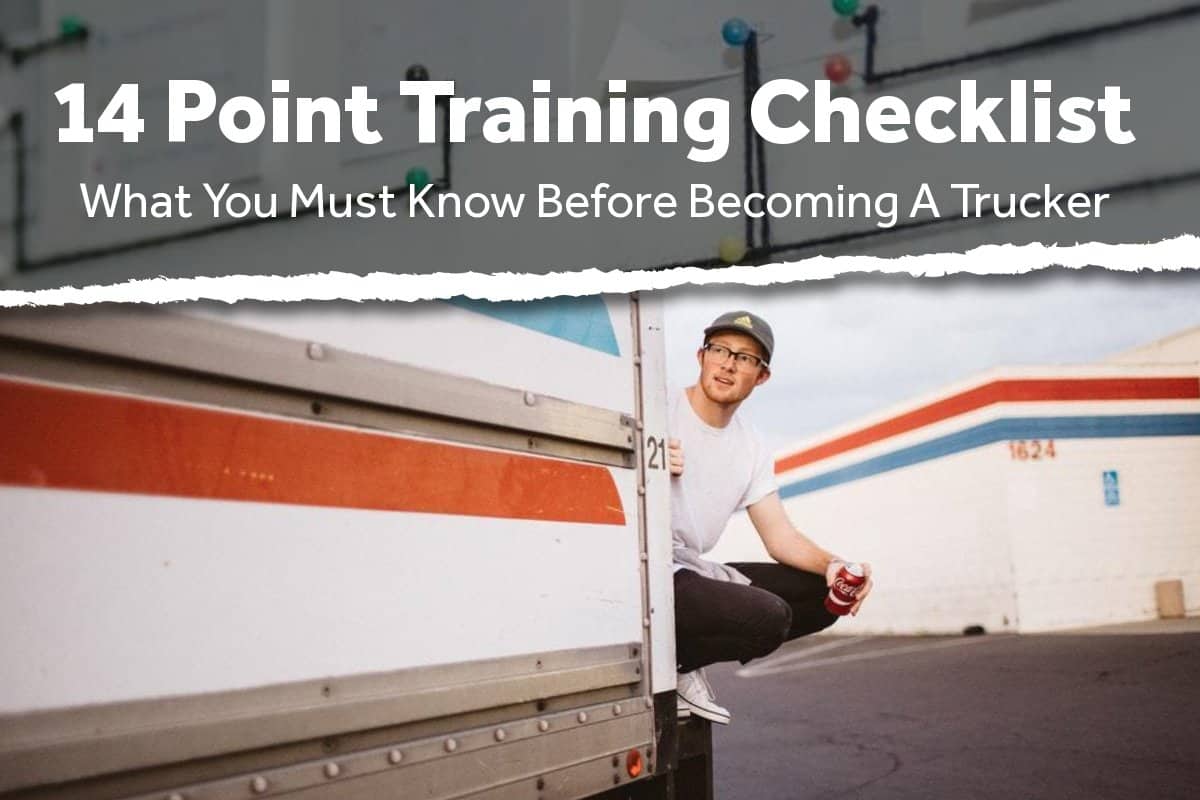
If you are a trucker and you wish to be more efficient and friendly with your truck, here are a few things you OUGHT to know before you hit the road as a professional truck driver…
1. Truck’s Functions and Specs
Knowing the specifications of your truck makes the job easy. It’s just about knowing your job better to be better at it. You must master your truck to be successful trucker. As every truck is different, you need to know about every different kind that you drive.
Reading the owner’s manual will help you save a lot of time and money. The glove box manual will help you understand the things the truck needs in order to function properly.
There are a lot of things you can do yourself if you open the manual and see what’s inside.
2. Changing a Tire
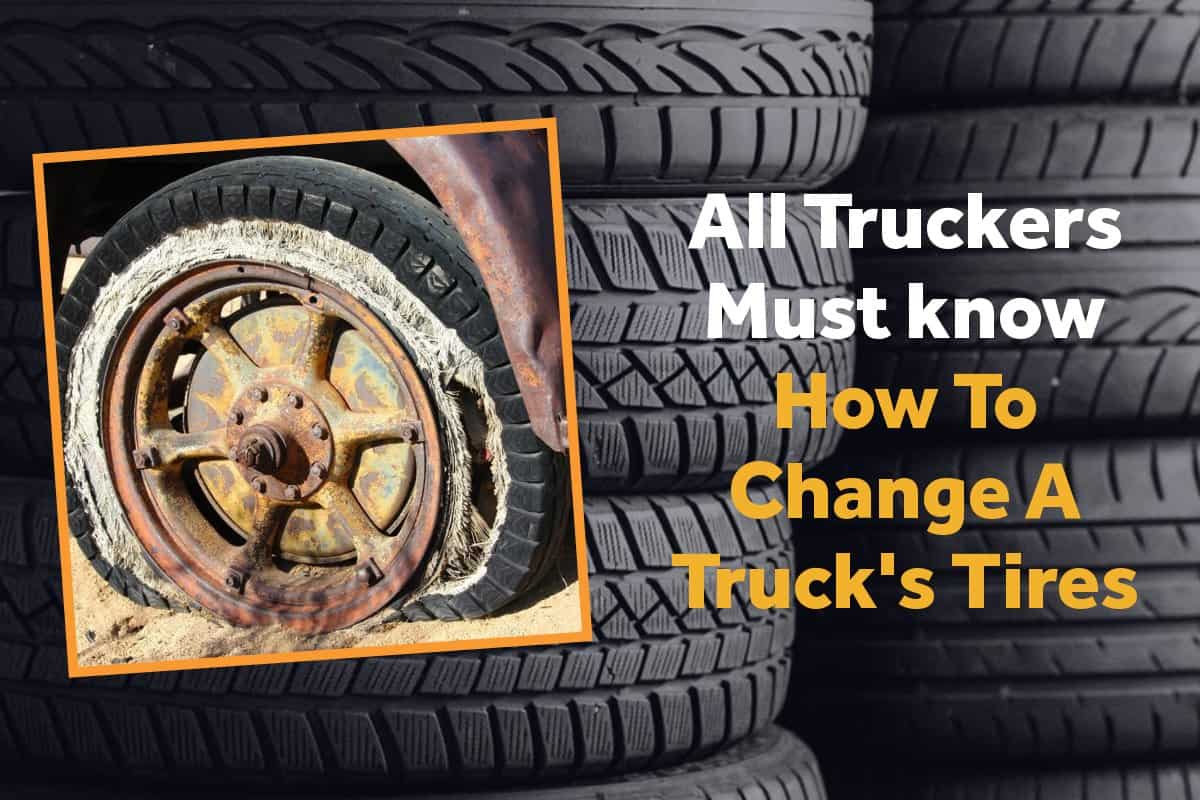
Changing a tire is a simple process if you know how to do it. Having roadside assistance is an amazing advantage, but knowing how to do it on your own makes you more confident on the road. Roadside assistance can sometimes be costly and time-taking, and sometimes unavailable.
3. Jump Starting a Dead Battery
This is a good skill to have as in case of emergencies, being able to start a dead battery can be a life-saver (or a Haul Saver). Knowledge is power. Knowledge is knowing that you don’t want to be stuck somewhere with your haul. Always carry jumper cables on long hauls.
4. Replacing a Dead Battery
Sometimes, jump-starting the battery might not help. In those instances, a trucker must know how to replace a dead battery. Having a spare battery in the truck at all times is a good idea once you have acquired this skill.
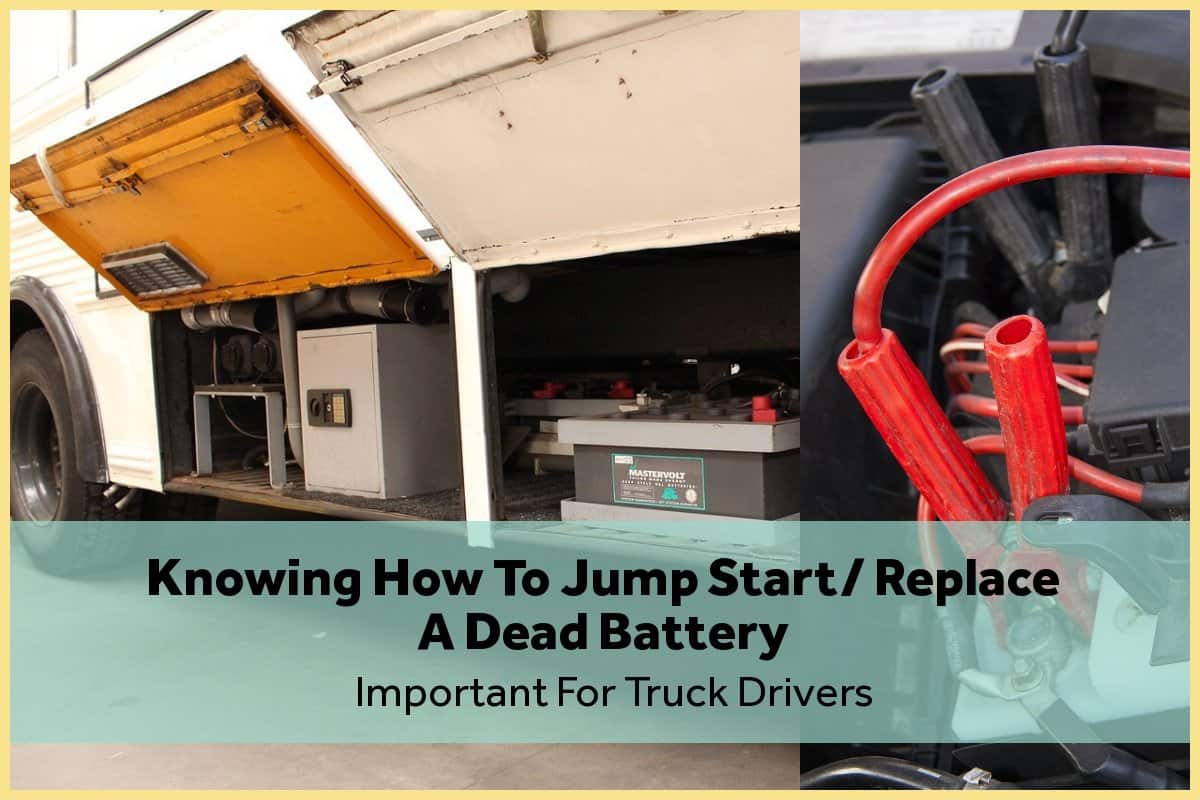
5. Fluid Refills
Not just oil. Every trucker should know to check the power steering fluid, brake fluid, windshield wiper fluid, transmission fluid etc. If there is a fluid that goes into the truck, you need to know all details about it. Where it goes in, how much is needed and when it should be added. Also, you need to know when to change them as well.
A GPS with maintenance schedule is really helpful for timely updates about fluid refills. Stock up on the required fluids before starting your trip, every time.
6. Tire Care
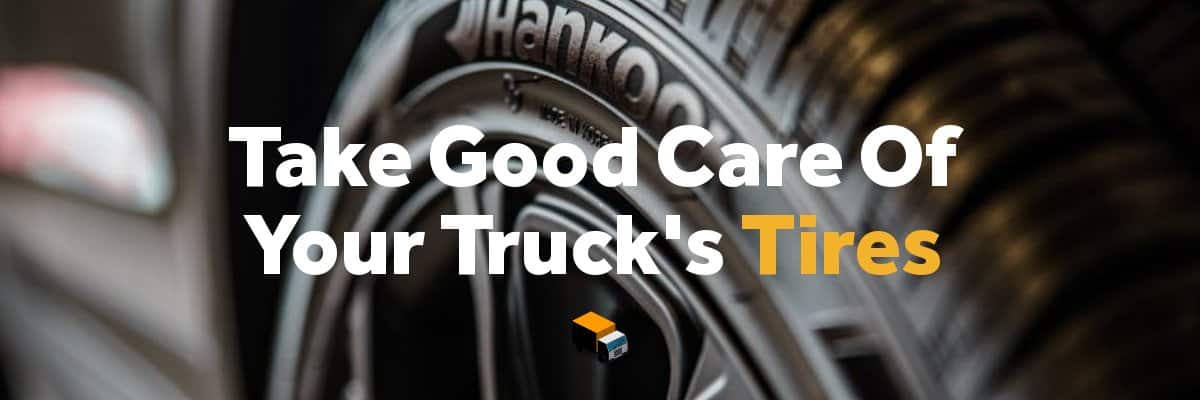
A truck’s tires need to be changed from time to time. And they need proper care. To make your tires last longer, regularly check the pressure in your tires. Use a tire pressure gauge to do so. Read the owner’s manual to know the proper tire pressure of your vehicle.
Overtime tires get worn out. Check the tread of your truck’s tires at regular intervals using tire tread depth gauge.
7. Changing a Headlight
Learn it from the owner’s manual or Google and Youtube it. While it isn’t as easy as screwing on a light bulb, it is not rocket science. Black eyes (non-functional headlights are called Black Eyes in truckers’ lingo) need to be changed ASAP.
8. Maintaining Control in Skid
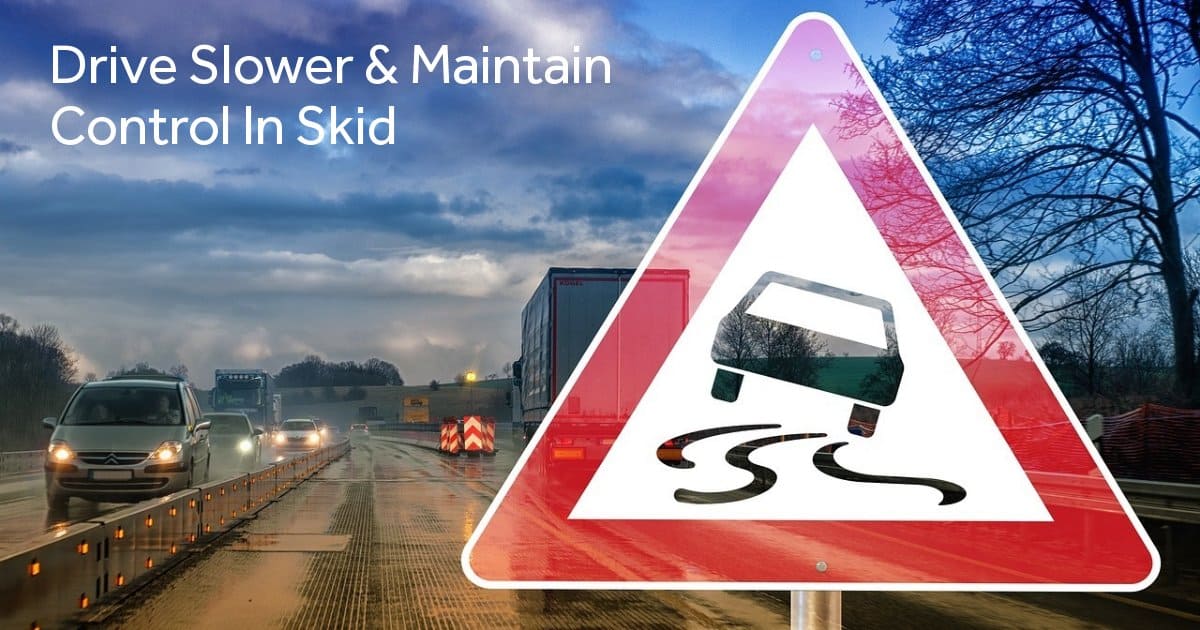
There are many reasons for a truck to skid – snow, ice, rain, sand, gravel. It is all about the acceleration and deceleration. If it is too abrupt for the wheels to gain traction (especially on a slick surface), the vehicle tends to skid. Skids can be alleviated by easing off the brake or gas and turning the wheels in the direction you want to go in.
This being said, it is better to know all details about your vehicle and act accordingly. Driving slower in skid situations is advisory.
9. Backing Up Your Truck
This is something every trucker should know. Whether it is about backing your vehicle up for loading or unloading, or just to get out of a parking space, this is an essential skill for all truck drivers.
10. Passing Properly
Every driver should know how to pass another vehicle. You never pass on the right, only on the left. The left lane is Passing Lane, and is left open for people who want to pass.

11. How to Double Clutch
Truck drivers are often intimidated by the process of double clutching as it can be difficult to smoothly shift. There are a few secrets to master the art of double clutching.
The process of double clutching in trucking:
- Push the clutch pedal down once and slide into gear
- Push it down again to slide it out
- Then double clutch to slide it back into the next gear
For being able to smoothly double clutch, both your feet should work harmoniously with each other. While easing out on the clutch, the driver needs to ensure that you don’t stall the truck. The revs shouldn’t be too high, nor should they drop too low.
If there is resistance, then you aren’t doing it correctly.
12. Floating Gears
Floating gears simply means shifting from one gear to the next without using clutch.
The secret to floating gears, is to apply/release a little pressure on the fuel pedal when you want to shift gear. Timing between the shifts is very important.
13. How to Use Jake Brake
Jake Brake or Jacobs brake is an amazing tool available for truck drivers. It is used to slow down heavy-duty vehicles. While it is not intended to be used as a substitute for service brakes, it is an extra tool. Drivers prefer using the jake brake in uncertain and surprising road conditions.
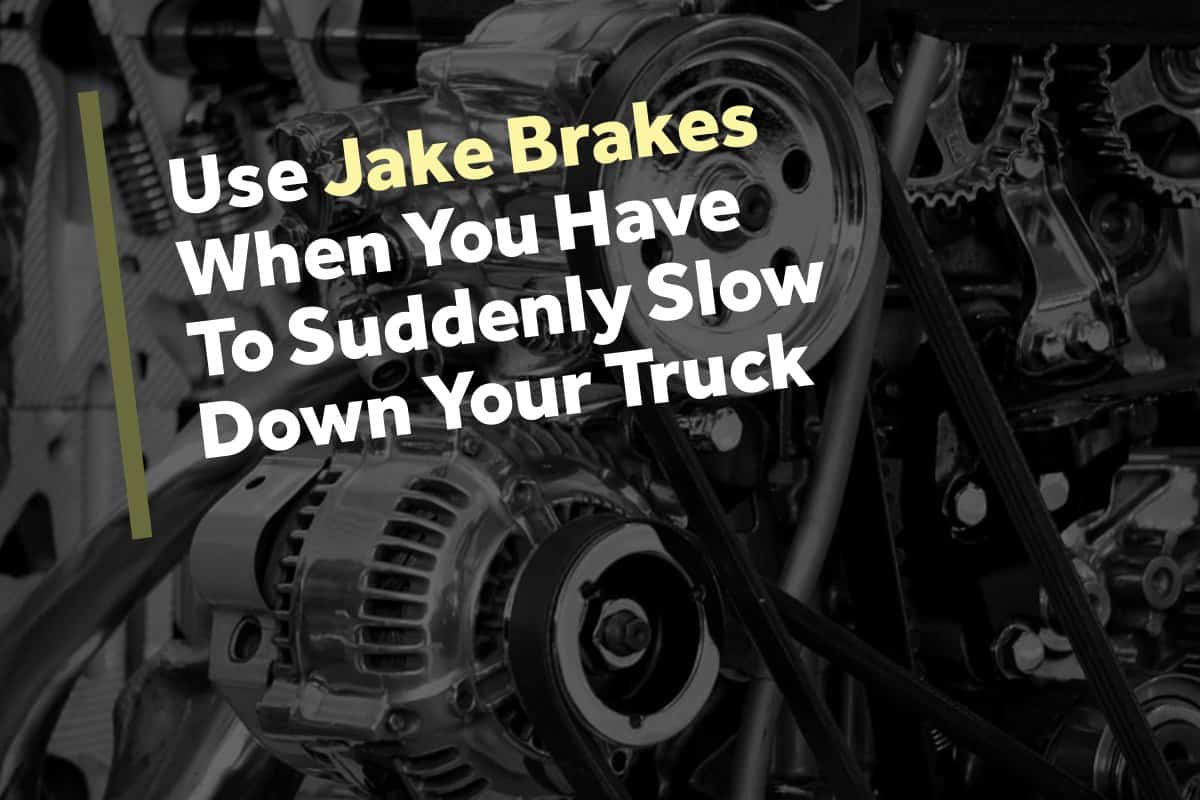
14. Moving the Fifth Wheel
It is pretty simple to slide the fifth wheel onto the vehicle. There are a few steps that need to be followed perfectly to transfer weight from the drive axles to steering axle.
Professional drivers unfamiliar with moving the fifth wheel are bound to damage the vehicle when moving through tight places.
© 2008-2018. All Rights Reserved by Cunningham Trucking, Inc. & Westernston, Inc.
